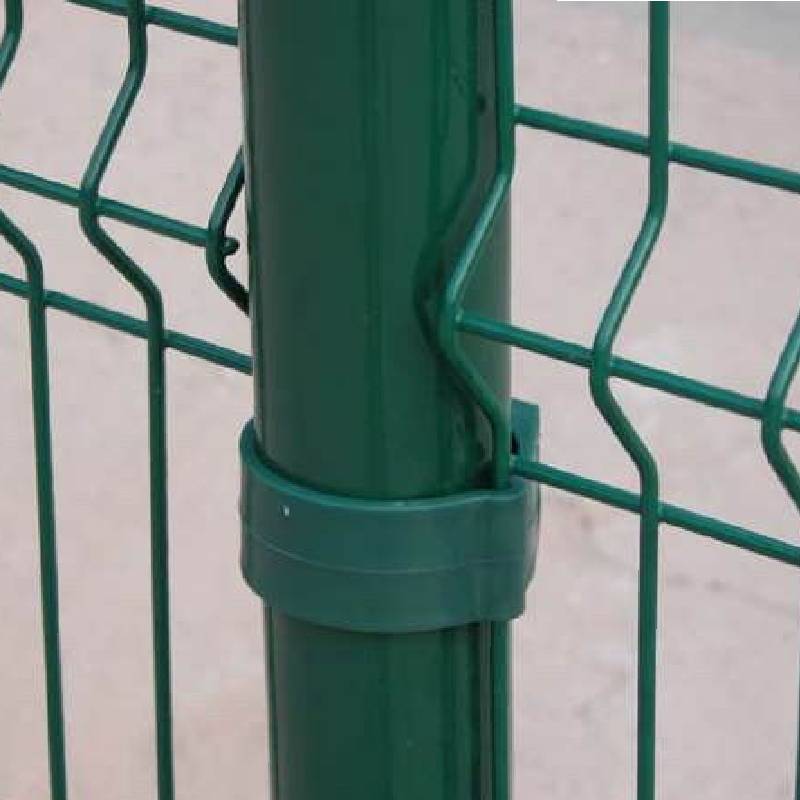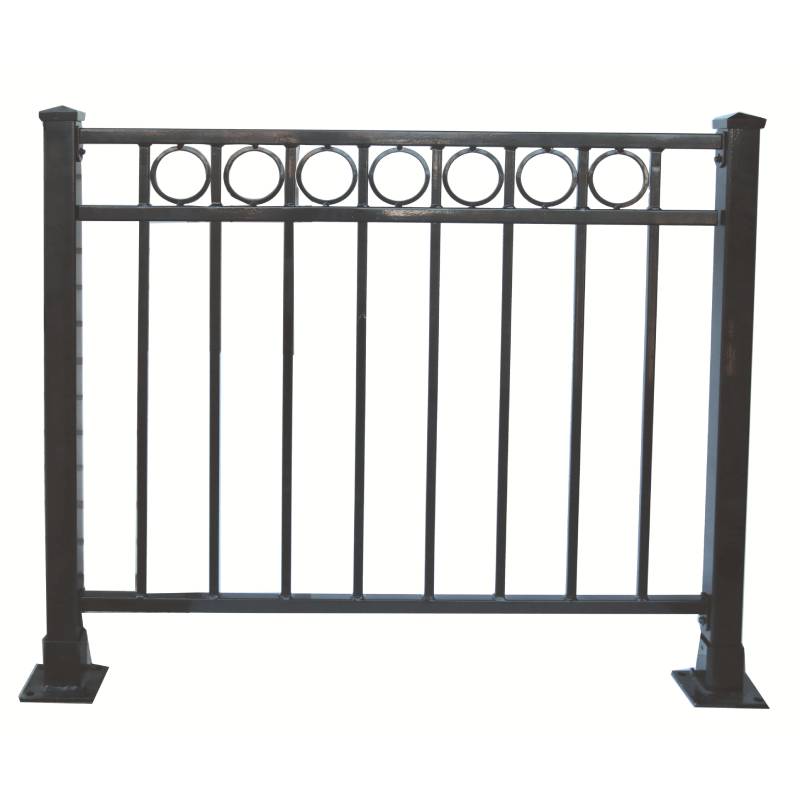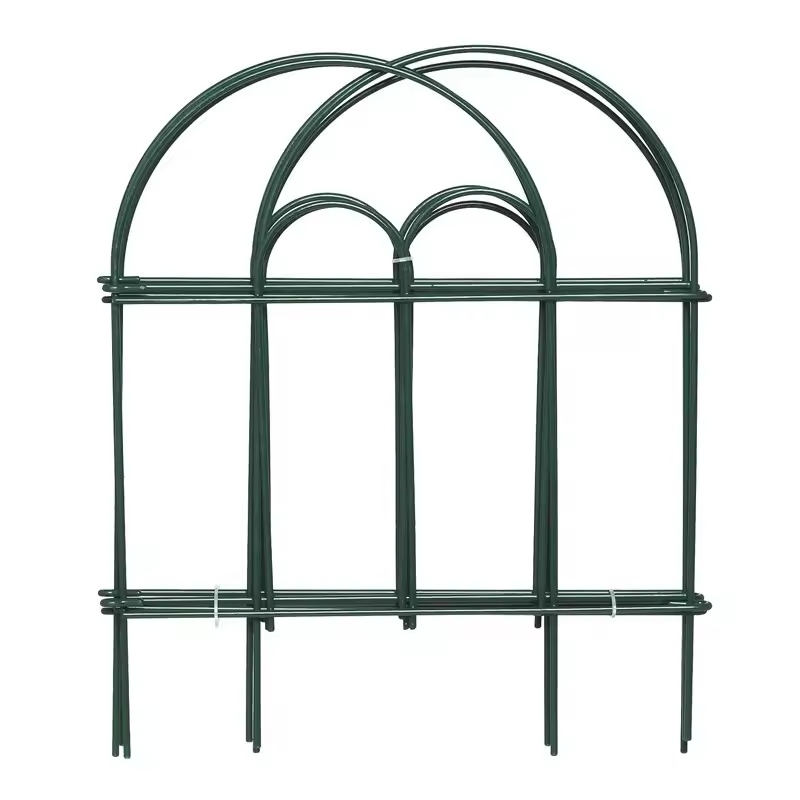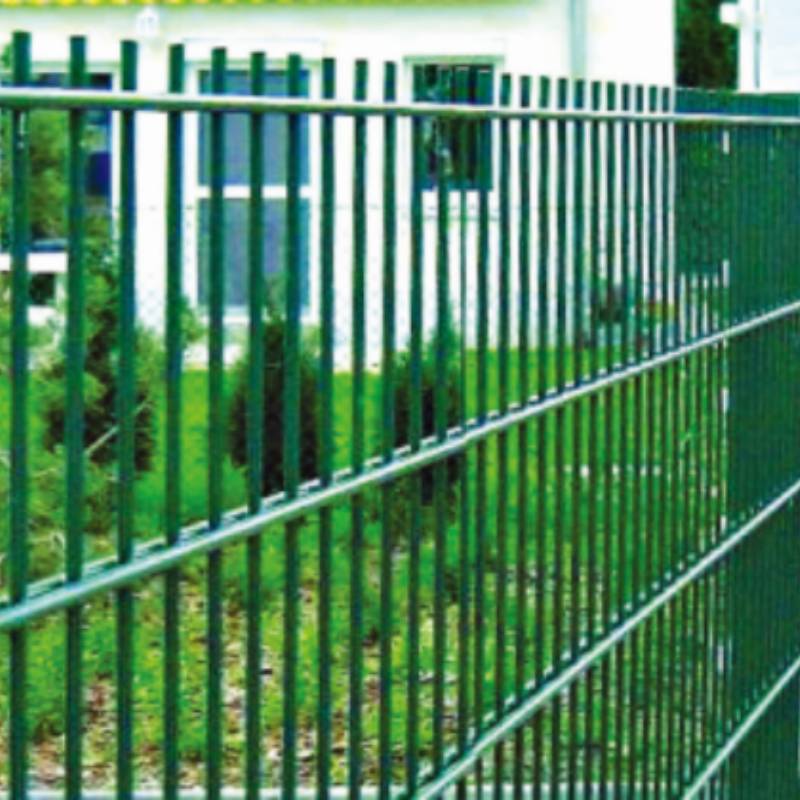-
Correu electrònic:zhao@hyliec.cn
-
Tel:+86 311 85273988
-
Què tal:8613931128750
-
 africana
africana -
 albanès
albanès -
 amàric
amàric -
 àrab
àrab -
 armeni
armeni -
 azerbaidjana
azerbaidjana -
 basc
basc -
 Bielorús
Bielorús -
 bengalí
bengalí -
 bosnià
bosnià -
 búlgar
búlgar -
 català
català -
 Cebuà
Cebuà -
 Cors
Cors -
 croat
croat -
 txec
txec -
 danès
danès -
 holandès
holandès -
 Anglès
Anglès -
 esperanto
esperanto -
 estonià
estonià -
 finès
finès -
 francès
francès -
 frisó
frisó -
 gallec
gallec -
 georgiana
georgiana -
 alemany
alemany -
 grec
grec -
 Gujarati
Gujarati -
 crioll haitiano
crioll haitiano -
 hausa
hausa -
 hawaià
hawaià -
 hebreu
hebreu -
 No
No -
 Miao
Miao -
 hongarès
hongarès -
 islandès
islandès -
 igbo
igbo -
 indonesi
indonesi -
 irlandesa
irlandesa -
 italià
italià -
 japonès
japonès -
 javanès
javanès -
 Kannada
Kannada -
 kazakh
kazakh -
 Khmer
Khmer -
 Ruandès
Ruandès -
 coreà
coreà -
 kurd
kurd -
 kirguis
kirguis -
 TB
TB -
 llatí
llatí -
 letó
letó -
 lituà
lituà -
 luxemburguesa
luxemburguesa -
 macedoni
macedoni -
 Malgashi
Malgashi -
 Malai
Malai -
 malayalam
malayalam -
 maltès
maltès -
 Maori
Maori -
 Marathi
Marathi -
 mongol
mongol -
 Myanmar
Myanmar -
 nepalí
nepalí -
 noruec
noruec -
 noruec
noruec -
 occità
occità -
 Pashto
Pashto -
 persa
persa -
 polonès
polonès -
 portuguès
portuguès -
 panjabi
panjabi -
 romanès
romanès -
 rus
rus -
 samoà
samoà -
 Gaèlic escocès
Gaèlic escocès -
 serbi
serbi -
 Anglès
Anglès -
 Shona
Shona -
 Sindhi
Sindhi -
 Sinhala
Sinhala -
 eslovac
eslovac -
 eslovè
eslovè -
 Somali
Somali -
 espanyol
espanyol -
 Sundanès
Sundanès -
 suahili
suahili -
 suec
suec -
 Tagalog
Tagalog -
 Tadjik
Tadjik -
 Tamil
Tamil -
 Tàrtar
Tàrtar -
 Telugu
Telugu -
 tailandès
tailandès -
 turc
turc -
 turcomà
turcomà -
 Ucraïnès
Ucraïnès -
 Urdú
Urdú -
 uigur
uigur -
 Uzbek
Uzbek -
 vietnamita
vietnamita -
 gal·lès
gal·lès -
 Ajuda
Ajuda -
 Yiddish
Yiddish -
 ioruba
ioruba -
 Zulu
Zulu
Tanca de panell
Wholesale Metal Fence Panels ?
Wholesale metal fence panels are a popular choice for those looking for durable and secure fencing solutions. These panels are often made steel materials providing a
strong and long-lasting option for garden fencing. They are available in various designs and sizes, making them suitable for a wide range of applications. Wholesale options offer cost-effective solutions for purchasing metal fence panels in bulk, making them ideal for contractors, landscapers, and property developers looking to install fencing on a larger scale.
Is It Cheaper To Buy Fence Panels Or Build Them?
The cost of buying fence panels versus building them can vary depending on several factors. In general, buying pre-made fence panels can be cheaper and more time-efficient than building them from scratch. Pre-made panels are mass-produced, which often makes them more cost-effective due to economies of scale. Additionally, purchasing fence panels can save on labor costs, as they are typically easier and quicker to install compared to building a fence from individual components. However, building a fence from raw materials allows for more customization and control over the design, which may be a priority for some individuals. It's important to consider the specific requirements, budget, and time constraints when deciding whether to buy or build fence panels.
How To Install A Panel Fence?
To install a panel fence involves several steps:
1. Measure and plan: Determine the length of the fence and calculate the number of panels needed. Plan the layout and ensure the fence posts are installed at the appropriate intervals to accommodate the panels.
2. Install the posts: Dig holes for the fence posts, ensuring they are deep enough to provide stability. Set the posts in concrete and allow them to cure before attaching the panels.
3. Attach the panels: Once the posts are set, attach the panels to the posts using appropriate fasteners such as screws or nails. Ensure the panels are level and properly aligned.
4. Add finishing touches: Depending on the type of panels used, additional finishing touches such as capping, trim, or paint may be required to enhance the appearance and durability of the fence.
5. Maintenance: Regular maintenance, such as cleaning and sealing, may be necessary to ensure the longevity of the fence panels.
It's important to follow the manufacturer's instructions and local building codes when paneling a fence to ensure proper installation and compliance with regulations. If in doubt, it's advisable to consult with a professional or seek guidance from experienced individuals.








